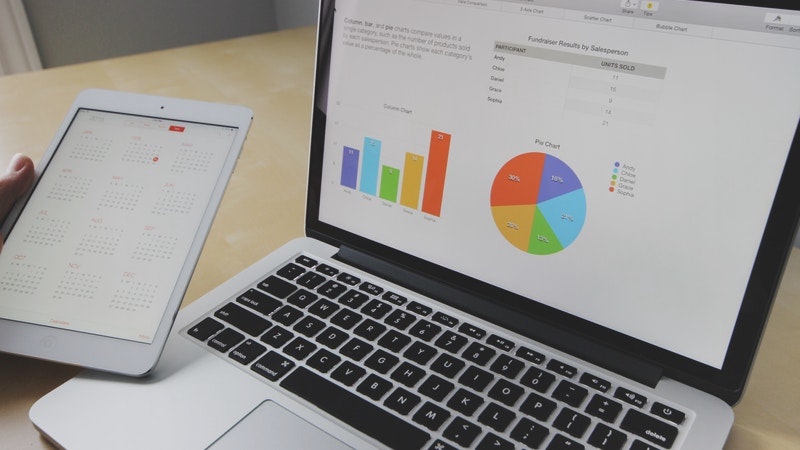Tie it All Together with Marketing Automation
Episode #9 of the course Drive sales with inbound lead generation by Roy Harmon
You did it! You’ve officially built a lead generation platform! Well, almost.
You don’t want to do all this stuff manually, do you? Who has the time? Fortunately, there are tools out there to help you automate the process.
Marketing Automation
What is marketing automation? According to Marketo, it’s “[a] category of software that streamlines, automates, and measures marketing tasks and workflows so that companies like yours can increase operational efficiency and grow revenue faster.”
Basically, marketing automation is a way of using software to make marketing easier and more effective. It does this in three ways:
1. It makes it so we don’t have to manually repeat monotonous tasks to nurture leads.
2. It makes sure no prospect slips through the cracks by ensuring that certain important marketing tasks happen automatically and on a set schedule.
3. It makes it easier to scale your lead generation efforts because you don’t have to remember and do everything yourself.
Behavioral Targeting
So, how do we know what to send and when? By tracking how and when our prospects are interacting with our content, we can set up triggers to automatically take certain actions when certain conditions are met. This is called behavioral targeting.
With tools like HubSpot and MailChimp, you can follow your prospects around your website and tailor the experience to their current needs.
Here are two important behaviors worth tracking:
• Page views. What pages have prospects visited on your site? For example, if they visited a pricing page, they’re more likely to be in the Decision stage. You might want to send them a Decision stage offer by email.
• Offer downloads. What offers have prospects taken advantage of? For example, if they’re downloading many Consideration stage offers, they’re probably in the Consideration stage.
Tasks to Automate
Here are a couple examples of tasks you can automate with marketing automation.
• Confirmation emails. Send a confirmation email any time a user fills out a form on your website and include a link to the offer in the email.
• Trapdoor emails. Send an email with an offer from the next stage of the buyer’s journey once a month to see if your prospect is ready.
• Check-in emails. Send an email to see if your prospects have any questions for you when they view your pricing page without scheduling a demo or making a purchase.
• Value-add emails. You’ll also want to send out helpful emails to your contacts from time to time. These emails should stand alone as valuable pieces of content. One way to do this is to automatically email your latest blog posts to your contacts.
Key Rules
Good email lead nurturing will follow these guidelines:
• Always provide value. Your emails should provide real value to your list. Don’t send them meaningless updates or constant promotional emails. Send them valuable content that will help them solve their problem.
• Don’t email too often. How often is too often? That depends on your list. Some people are more sensitive than others. You’ll have to test your list to determine a good schedule.
• Address the current stage of their buyer’s journey in 80% of your emails. Segment your list by what stage of the buyer’s journey they’re in. If they’re in the Consideration stage, four out of every five emails you send them should be addressing their Consideration stage needs. Then, you can send the occasional Decision stage offer to determine if they’re ready to move down the funnel.
Congratulations!
Now you know everything you need to set up a lead gen framework for your site. You can build endlessly on top of this foundation and continuously improve your funnels.
Thanks for taking the course!
Recommended book
Amp Up Your Sales: Powerful Strategies That Move Customers to Make Fast, Favorable Decisions by Andy Paul
Share with friends

